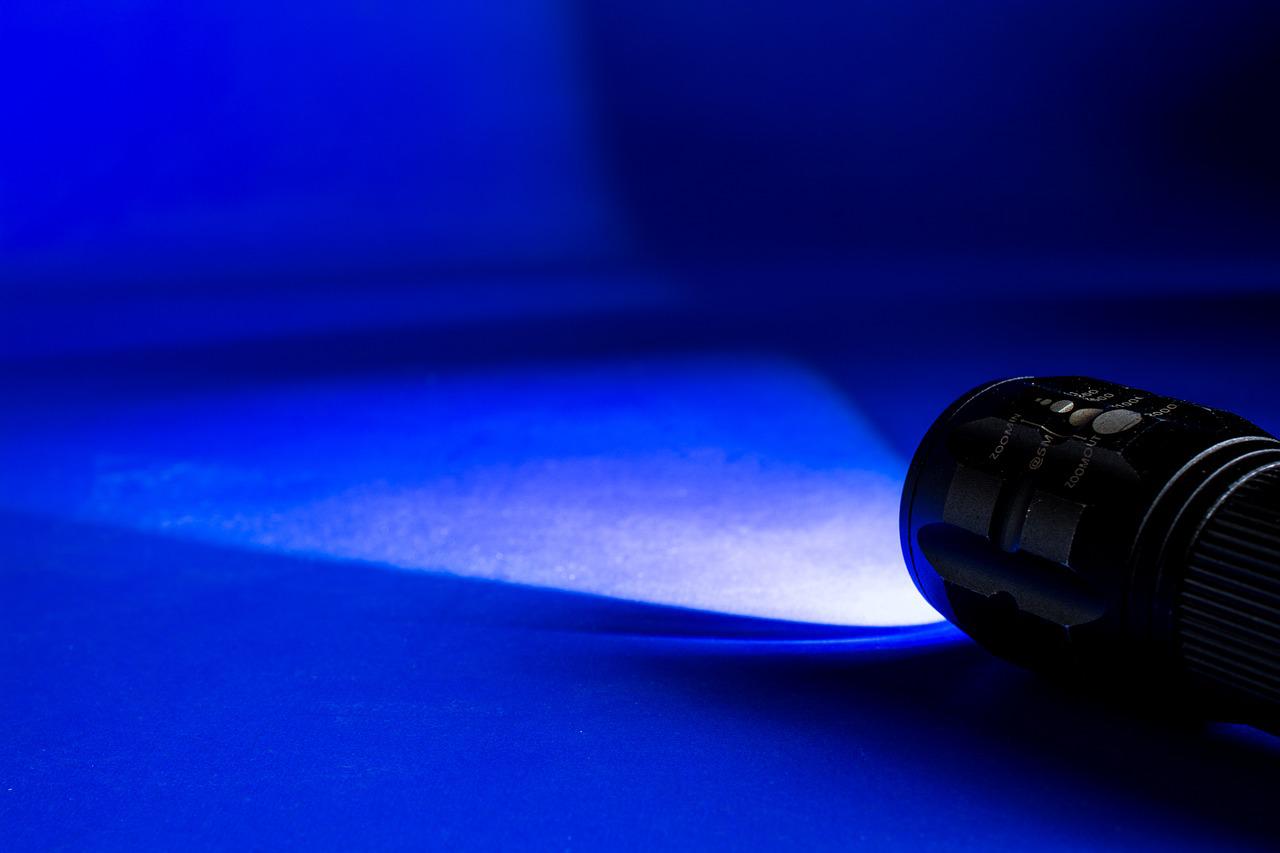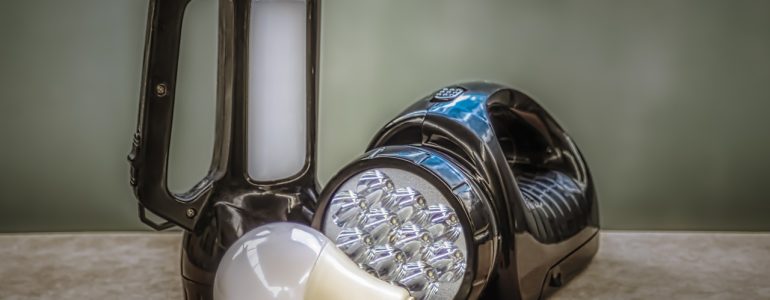When preparing for a power cut, the most important thing is to stay in communication, keep yourself updated with news, have lighting, and keep the most essential devices and appliances running. For a prolonged blackout, consider getting a power backup. Here’s our guide on how to prepare for an electricity blackout.
5 Ways To Prepare For An Electricity Blackout

1. Keep your phone charged and get a powerbank
Your phone is the most important device during a power cut. It keeps you in communication with friends and family and lets you stay updated on important news and information.
It’s also the only way to call for help in case of an emergency.
Always keep your phone charged. Don’t let it get too low. This is especially important when you expect a power blackout such as when a heavy storm is approaching.
We also recommend getting a power bank to recharge your phone during a power cut. Power banks are affordable and you can charge your phone at least twice even with a cheap one.
Don’t forget to keep the power bank itself always fully charged.
2. Have emergency lighting
Make sure you have emergency lighting, even if it is just for one room. If you have a large family, get lighting for the living room and each of the bedrooms.
There are different kinds of emergency lighting. You can get those bulbs with a built-in battery. They continue lighting for a few hours after a blackout.
Another option is battery-powered lamps. Some of these double up as power banks and some have integrated solar panels for recharging the battery.
3. Get a powerful torch
In addition to emergency lighting, keep a torch around. If you can, get a high-lumen (at least 500 lumens) torch that provides plenty of illumination.
It’ll be handy if you need to find the fuse box, access a dark room like the attic or go outside.
If you get a rechargeable torch, make sure it stays fully charged all the time. If it is battery-powered, keep spare batteries around.
4. Get a radio
Even if you have a phone, it’s a good idea to also get a battery-powered radio. It is useful in keeping up with local news and developments.
One reason you can’t always depend on your phone is that the network can go down and you’ll have no way of accessing news online.
Also, your phone could run out of battery, while a small radio can keep operating for days.
5. Put together an emergency kit
Have an emergency kit always ready in case of a blackout. It’ll be especially useful if the power cut is prolonged.
Here are the must-have essentials in the emergency kit.
- Dry food and preserved foods in tins and cans. You may have trouble finding fresh food in a blackout.
- Clean water to drink. Store enough water to last everyone several days and remember to replace it every six months.
- A first aid kit with essential supplies and medication.
- Spare batteries for the torch and radio.
- Extra torches. Get one for each person in the household.
- Matches. You may need them to light the gas stove.
Add anything else you think you might need in a blackout.
How To Prepare For A Prolonged Electricity Blackout
When preparing for a long power cut (days or weeks), you’ll need to think about how to get power.
Your phone will not last that long and any battery-powered emergency lighting will run out soon.
Get a backup that will keep your devices charged and lighting on for several days. Here are a few ideas.
- Get a solar rechargeable power bank for your smartphone. This lets you keep it charged during a long power cut.
- Get solar rechargeable emergency lighting. You can charge the lights during the day and use them at night.
- Get a backup power station like the Jackery Explorer 500. It can keep your devices charged for days. Larger power stations with a bigger battery and higher output can even power some small appliances like medical devices (e.g. CPAP) and a mini fridge.
- Get solar panels for your power station. If you want to be ready for an extra-long blackout, buy a set of solar panels for your power station. You can keep essential electronics charged for as long as necessary.
Note: If you have essential medical equipment, then a power backup station is a must-have. Make sure it can operate the equipment for a few days.
In addition, put together a bigger emergency kit with more food, water, batteries, medication and other essentials.
What To Do During A Power Cut
If the power blackout happens at night, the first step is to get emergency lighting on. Hopefully, you remembered to keep the lights charged and ready to go.
Tip: Keep emergency lights, lamps and torches where they are easy to access even in the dark.
The next step is to figure out what’s happening. If you can, check outside to see if neighbours’ lights are on. If they are, you’ll know the problem is with your home.
Using a torch, check the fuse box. It could have tripped. Here’s a helpful video on how to reset a tripped fuse box without calling an electrician.
If the power blackout seems to be affecting everyone, call the 105 non-emergency number. You’ll be routed to your local electricity distributor.
Ask what has happened and how long the power cut will last. This will help you make plans for surviving the blackout.
Finally, turn on the radio or use your smartphone to stay updated on what’s happening. Check the local news and weather.







